California has recently increased the minimum wage to $20 per hour for fast-food workers in establishments part of a chain with at least 60 locations nationwide.
This adjustment aims to improve living conditions in a state known for high living costs. Scott Rodrick, a McDonald’s franchise owner, finds this change challenging as he manages 18 locations in California.
Fast Food Workers Get a Raise
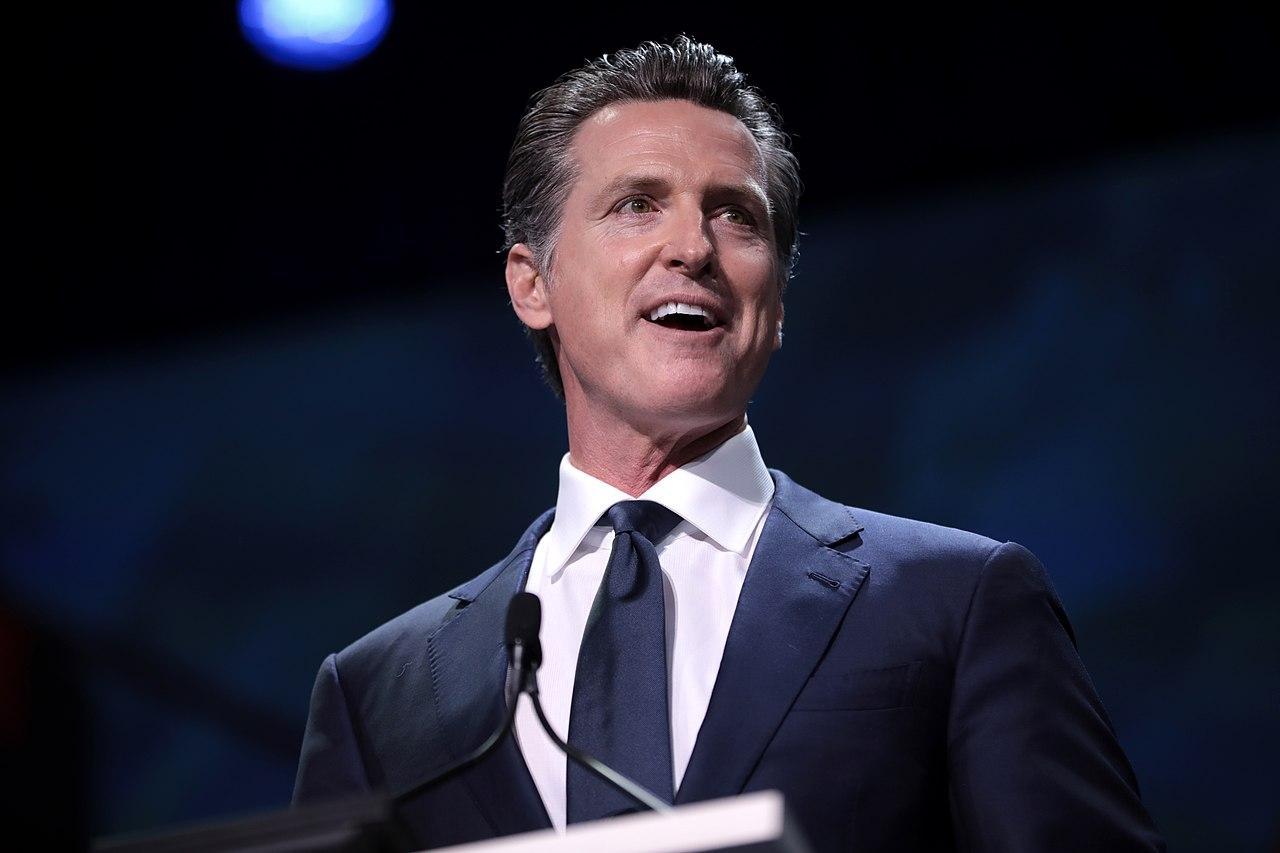
California Gov. Gavin Newsom signed Assembly Bill 1228 to raise the minimum wage for fast food workers in September 2023. The bill also established a council to help develop rules and regulations for the fast food industry in the state.
Businesses knew the price increase would be their best response to the increased wages, cutting restaurant costs, and improving productivity.
Impact on Pricing Strategies
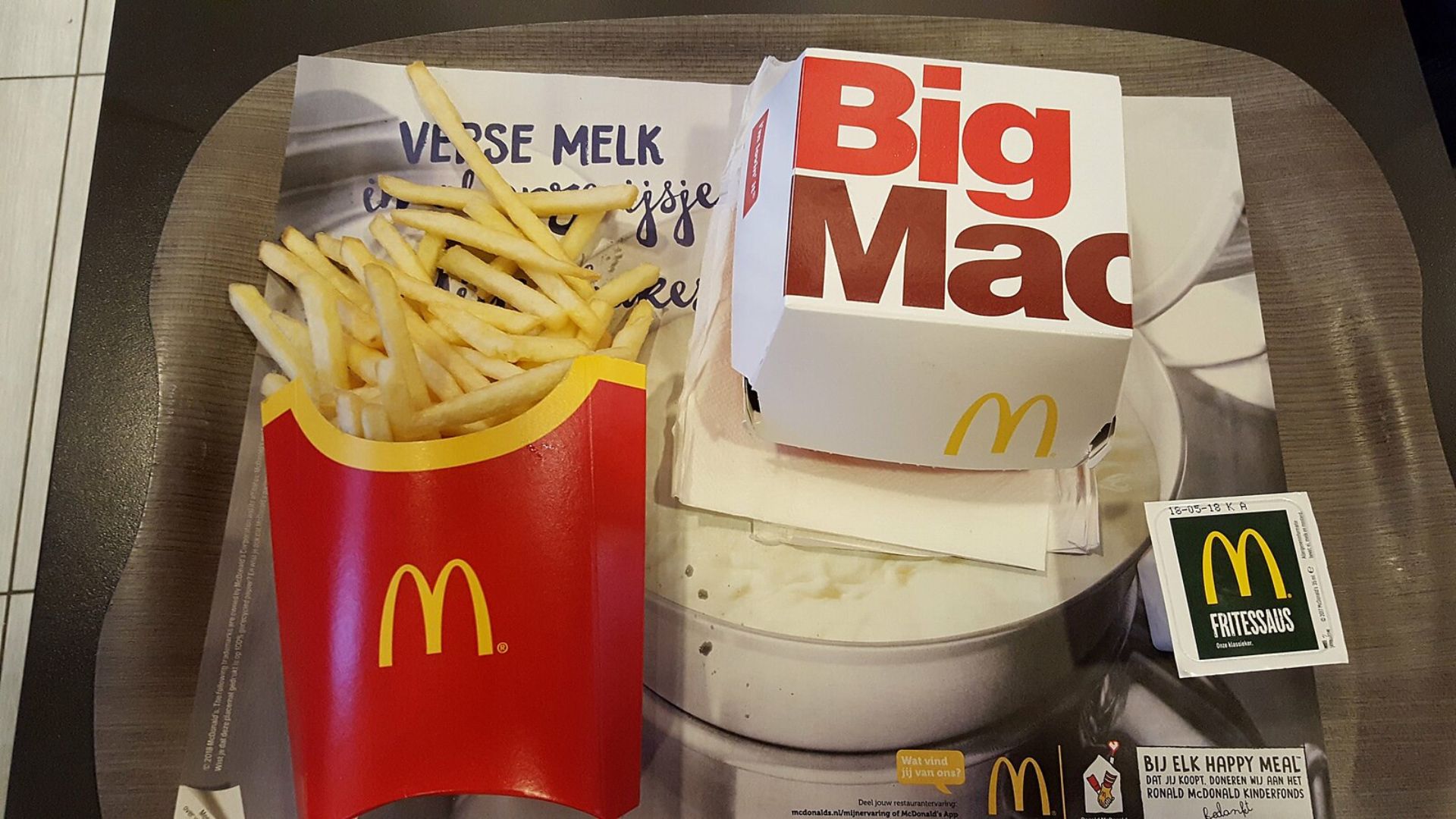
In a recent Fox Business interview, Scott Rodrick expressed his concerns about raising menu prices in response to the new minimum wage law.
He stated, “I realized that my customers’ appetite for higher prices is not unlimited. So when I take price to relieve margin pressure, it has to be done thoughtfully with a plan.”
McDonald’s Response to Wage Increase
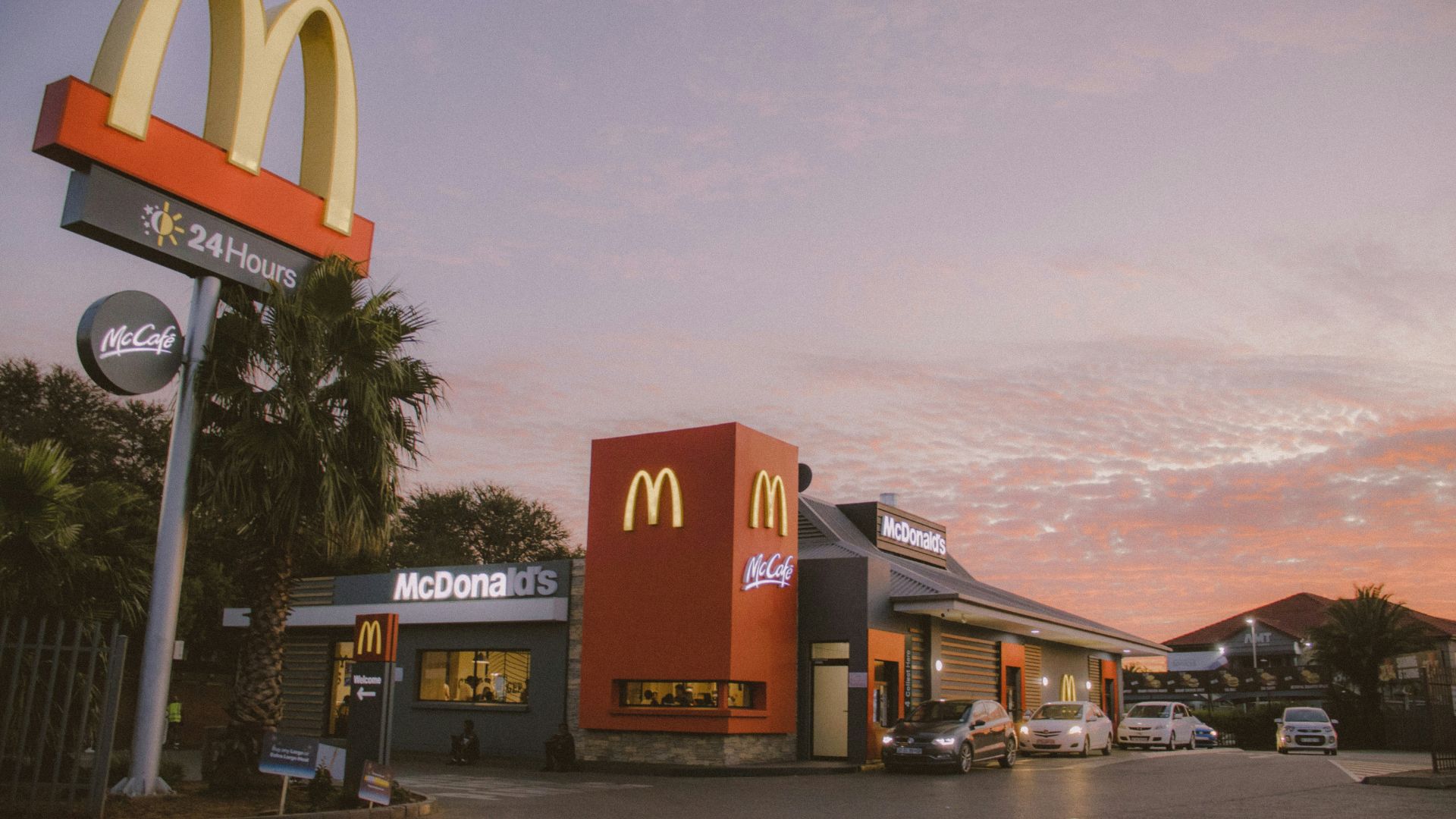
McDonald’s CEO Chris Kempczinski, whose annual salary and bonus package accumulated to $19.2 million in 2023 (via Restaurant Business Magainze), said California’s minimum wage increase could be tough on everyone.
“There will certainly be a hit in the short-term to franchisee cash flow in California,” Kempczinski said. “Tough to know exactly what that hit will be because of some of the mitigation efforts. But there will be a hit.”
Nationwide Price Surges

Price increases in fast food have been observed across the United States, even before the new wage law was implemented.
For example, last summer, a user on X, formerly Twitter, reported a Big Mac meal costing $17.59 at a Connecticut rest stop. More recently, a TikToker in California highlighted a $25.39 price tag for a 40-piece chicken McNuggets and two large fries.
McDonald’s Has Double Prices In the Last Decade

While the minimum wage increase in California has been blamed for McDonald’s shockingly higher prices, prices have been increasing ever so steadily since 2014.
According to a report from FianceBuzz, fast food prices have doubled at McDonald’s more than any other chain analyzed in the study.
McDonald’s Increases Prices More Than Any Other Chain

The study discovered that most fast food chains have raised their prices by 60 percent, nearly double the national inflation rate.
However, McDonald’s stands out for having raised their prices the most. The study found that the fast food chain has raised prices nearly three times the national inflation rate.
Pricing Varies from Store to Store
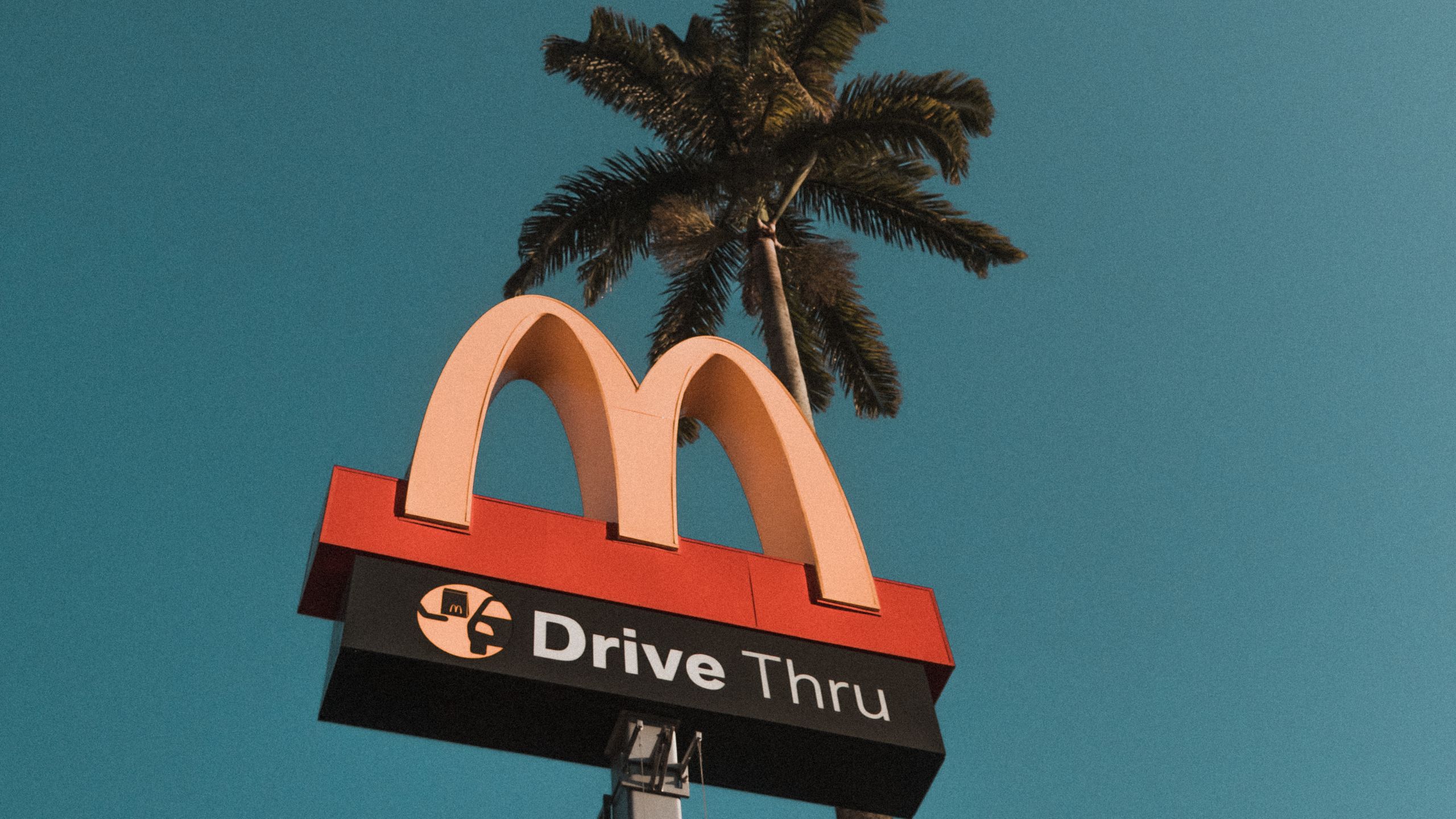
While consumers are taking note of the price changes now, McDonald’s states that the report does not accurately represent the pricing of its restaurants.
Because McDonald’s is a chain model, pricing can vary from location to location. The fast food company states that listed 2024 average prices are significantly inflated due to price variations from state to state.
Wage Increase Canceled Out By Price Increase

While businesses are concerned about making a profit that outshines their previous quarter, Americans, especially those in California, can not afford the cost of living on a full-time fast food wage.
Rather than taking the blow in stocks and quarterly profit to benefit the people, companies are trying to justify raising prices and making it a problem for the consumer.
Consumers Step Away from Fast Food

Consumers seem to be understanding this as they take a step away from fast food chains like McDonald’s, Starbucks, and Pizza Hut.
According to CNBC, Starbucks, Pizza Hut, and KFC have reported shrinking same-store sales for the last quarter. These shrinking sales are sending shares in the companies down significantly.
Corporate Focus on Affordability

The potential impact of rising costs on consumer affordability was addressed by McDonald’s CEO Chris Kempczinski during the company’s last earnings conference call.
He said, “I think what you’re going to see as you head into 2024 is probably more attention to what I would describe as affordability.”
Adapting Business Strategies

Rodrick discussed the necessity of adapting his business strategies to cope with the increased wage costs.
He explained the need to consider a mix of approaches including adjusting prices, evaluating capital expenditures, optimizing labor efficiencies, and expanding market share to manage the impact on his franchise locations in California.
McDonald’s Attempts to Appeal to Consumers

McDonald’s is trying to appeal to lower and middle-income consumers by pushing the value menu, which offers simple sandwiches and sides for $1, $2, or $3.
“The battleground is certainly with that low-income consumer,” Kempczinski said at the time as he told investors that the company will live or die on its “value menu.”
Pushing Back Against the Value Menu

However, the push has been met with negative push back as consumers point out that there are no items on the menu that cost $1.
“Consumers continue to be even more discriminating with every dollar that they spend as they faced elevated prices in their day-to-day spending, which is putting pressure on the [quick-service restaurant] industry,” Kempczinski said on the company’s conference call (via CNBC).
McDonald’s Announces a New Price-Friendly Plan

In response to the quarterly shortcomings, Kempczinski stated that the company is working on a national value deal in the U.S. that could bring a $1 item to the menu.
“Clearly, everybody’s fighting for fewer consumers or consumers that are certainly visiting less frequently, and we’ve got to make sure that we’ve got that street-fighting mentality to win, irregardless of the context around us,” CFO Ian Borden said.
The Closure of Small Businesses
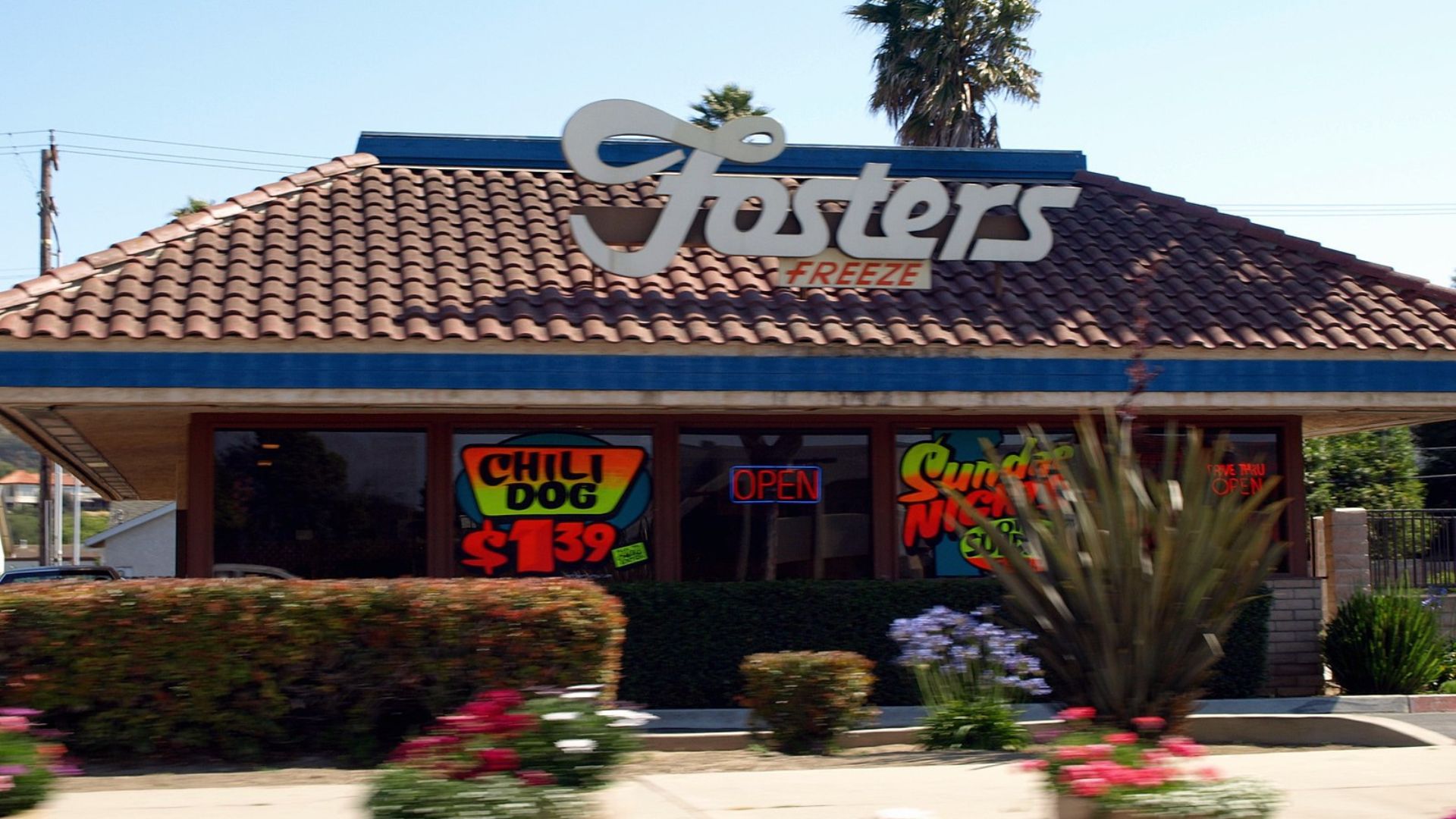
The wage increase has also led to significant consequences for smaller establishments.
For instance, a Fosters Freeze outlet in Lemoore closed down on April 1st, directly citing the new minimum wage as a contributing factor. The owner claimed that small businesses could not survive under these economic pressures.
Academic Perspectives on Wage Increases

Despite the challenges reported by business owners, academic research provides a different outlook. Economists from UC Berkeley and the University of Victoria have pointed out that similar minimum wage increases in California and New York did not lead to a decline in fast food employment.
They stated, “Time and time again, research – and reality – show that raising fast-food workers’ pay in California will only lead to higher living standards for workers and a more equitable economy.”
The Critique of Minimum Wage Increases
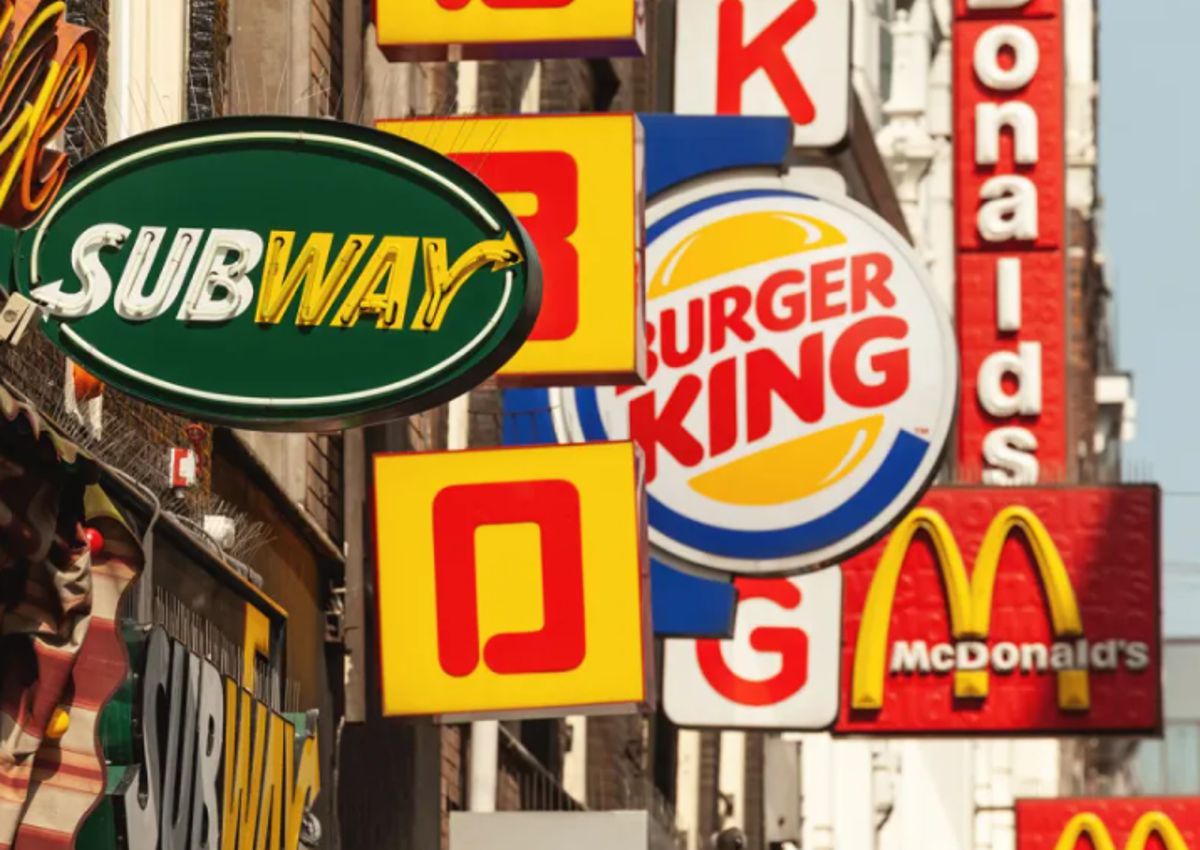
“The big critique of minimum wages is ultimately it’s a job killer that it hurts the people that you’re trying to help,” Chris Tilly, a professor who studies labor markets, inequality, and public policies at UCLA, told USA TODAY.
Tilly continued: “But the findings really for the last 30 years or so have said actually the minimum wage has been low enough that we haven’t seen those effects.”
Who Is Affected?

Tilly believes that chains that are raising the prices to combat minimum wage are hunting people on the lower end of the income spectrum.
“We do have to think about how to help people,” he said. “But to do that by hurting other low-income people doesn’t seem like the right strategy to me.”
Avoiding Layoffs

When discussing potential layoffs, Rodrick emphasized his reluctance to consider reducing his workforce as a response to the increased costs.
He highlighted the importance of considering all other options first, saying, “There’s a lot of discussion on that subject on restaurants closing, restaurants laying people off. Frankly, in my organization, that’s the very last thing I’m looking at.”
Focus on Survival

Despite the numerous challenges posed by the new wage law, Rodrick remains focused on the survival of his business.
He said, “But right now the focus is survival,” underlining the severe impact of the wage increase on his operations and decision-making processes.
Considering Relocation
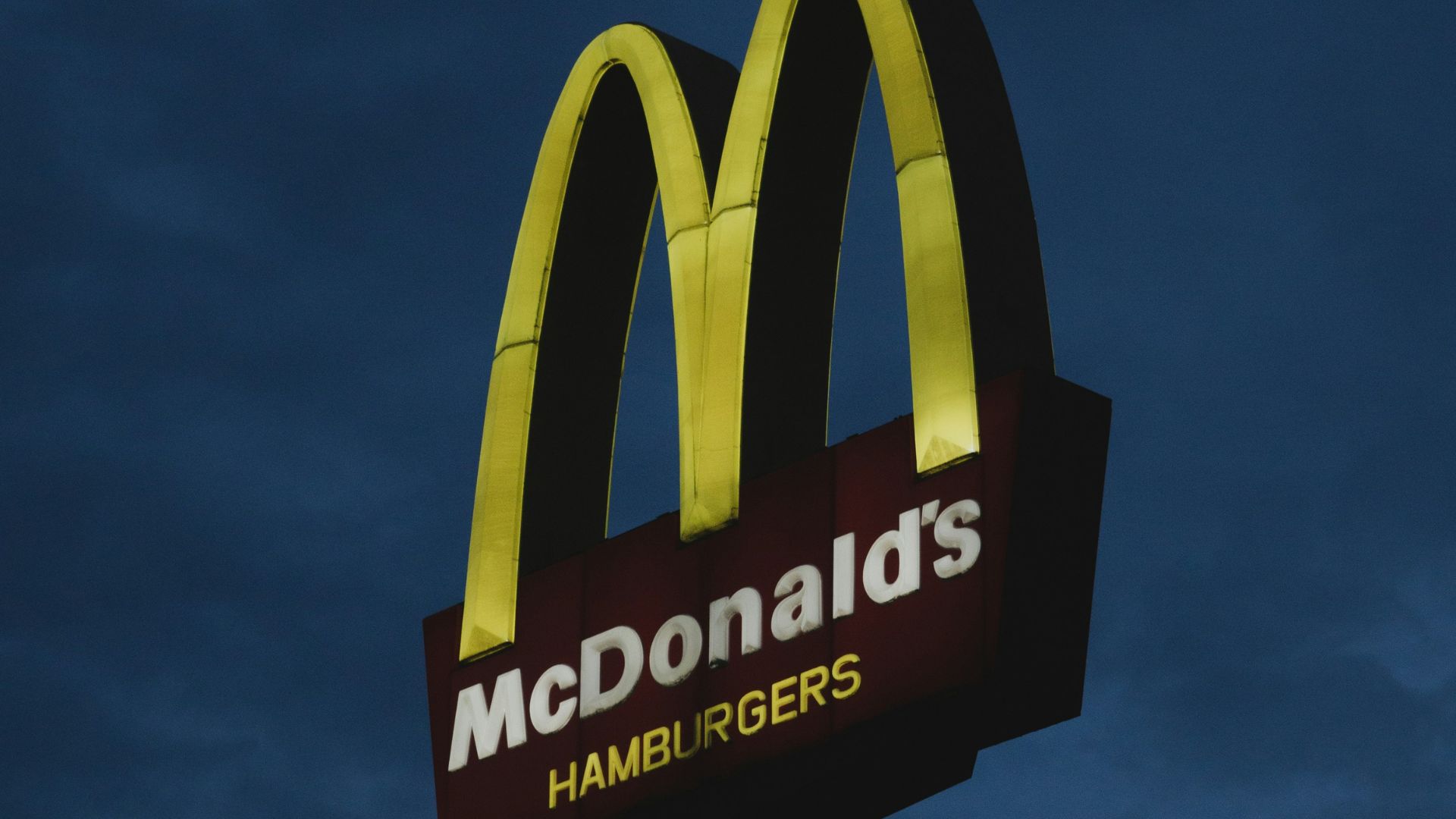
The option of relocating his business to states with more favorable economic conditions has crossed Rodrick’s mind, although he has not made any moves yet.
He expressed his contemplations about relocation, stating, “The thought [of leaving] has crossed my mind a few times.”
The Real Cost of a Price Increase
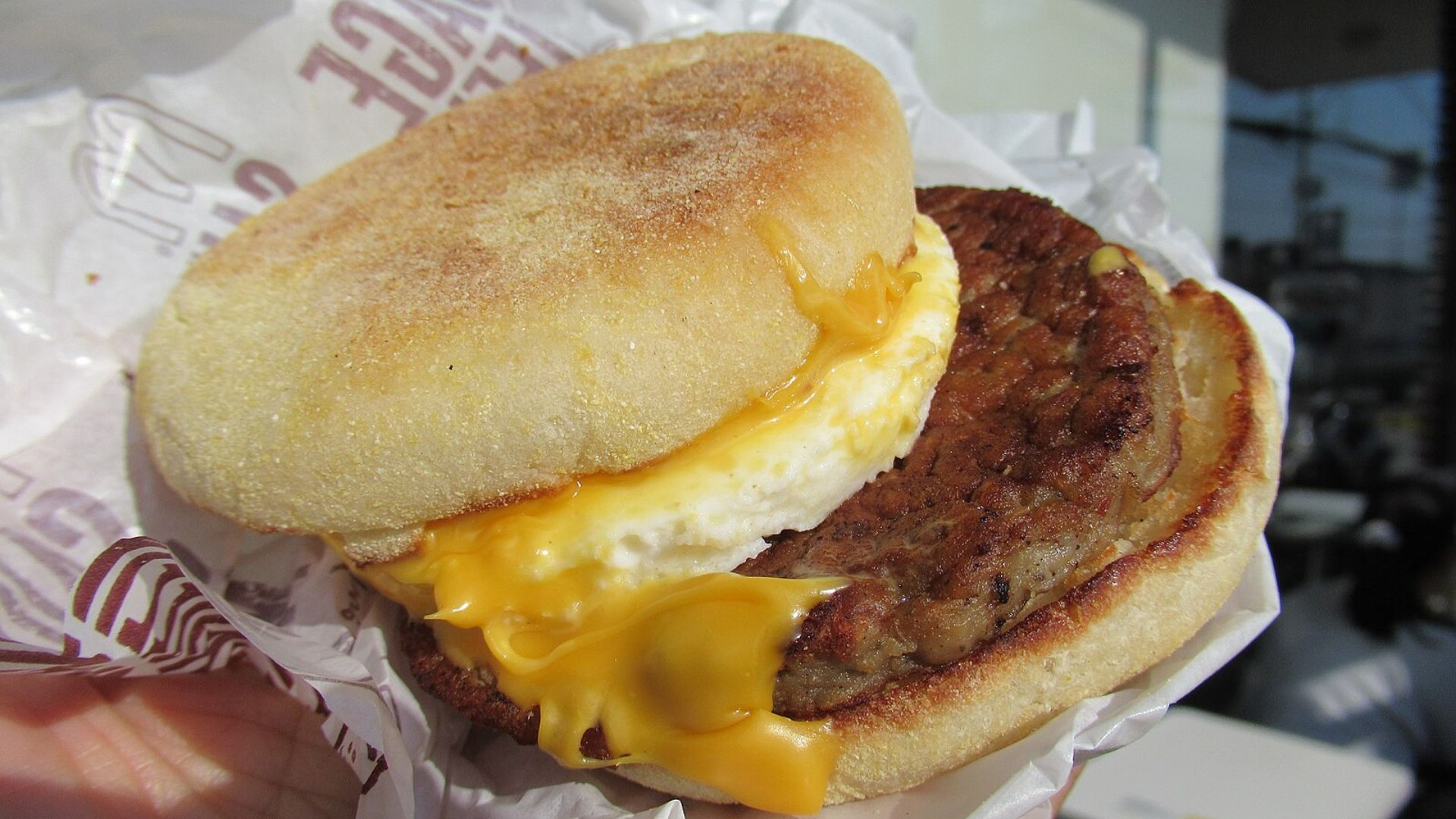
Returning to the issue of pricing, Rodrick’s statement about the $10 Egg McMuffin serves as a significant example of the delicate balance he must strike.
This price point is seen as potentially excessive, reflecting his concern over how far consumer prices can be pushed without alienating customers.
Preparing for the Future
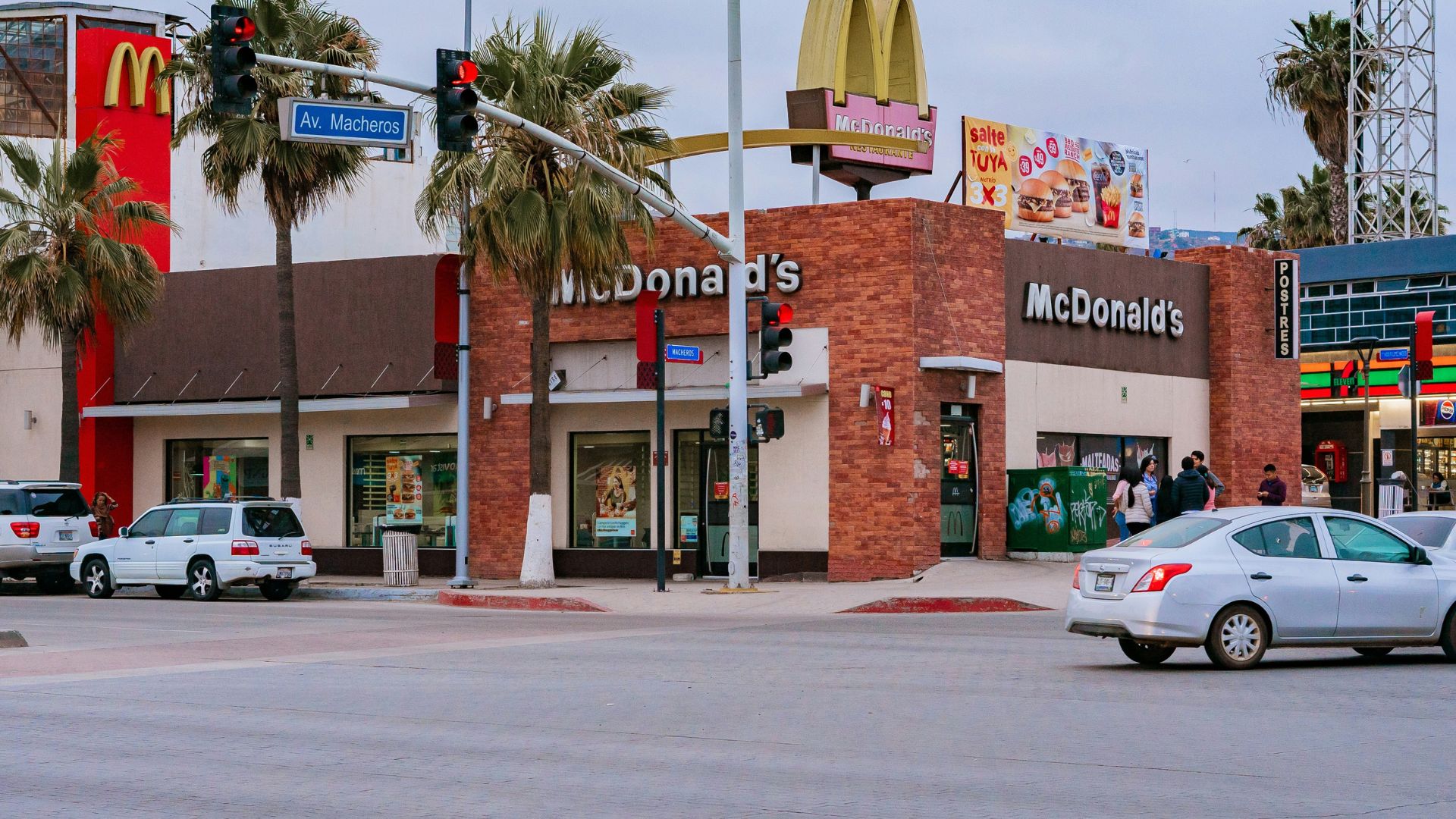
As we move further into 2024, both McDonald’s corporate leadership and franchisees like Rodrick are preparing to navigate an uncertain economic landscape.
The focus remains on maintaining a balance between managing rising operational costs and retaining customer loyalty through reasonable pricing strategies.
